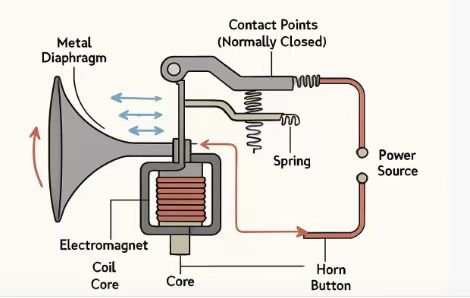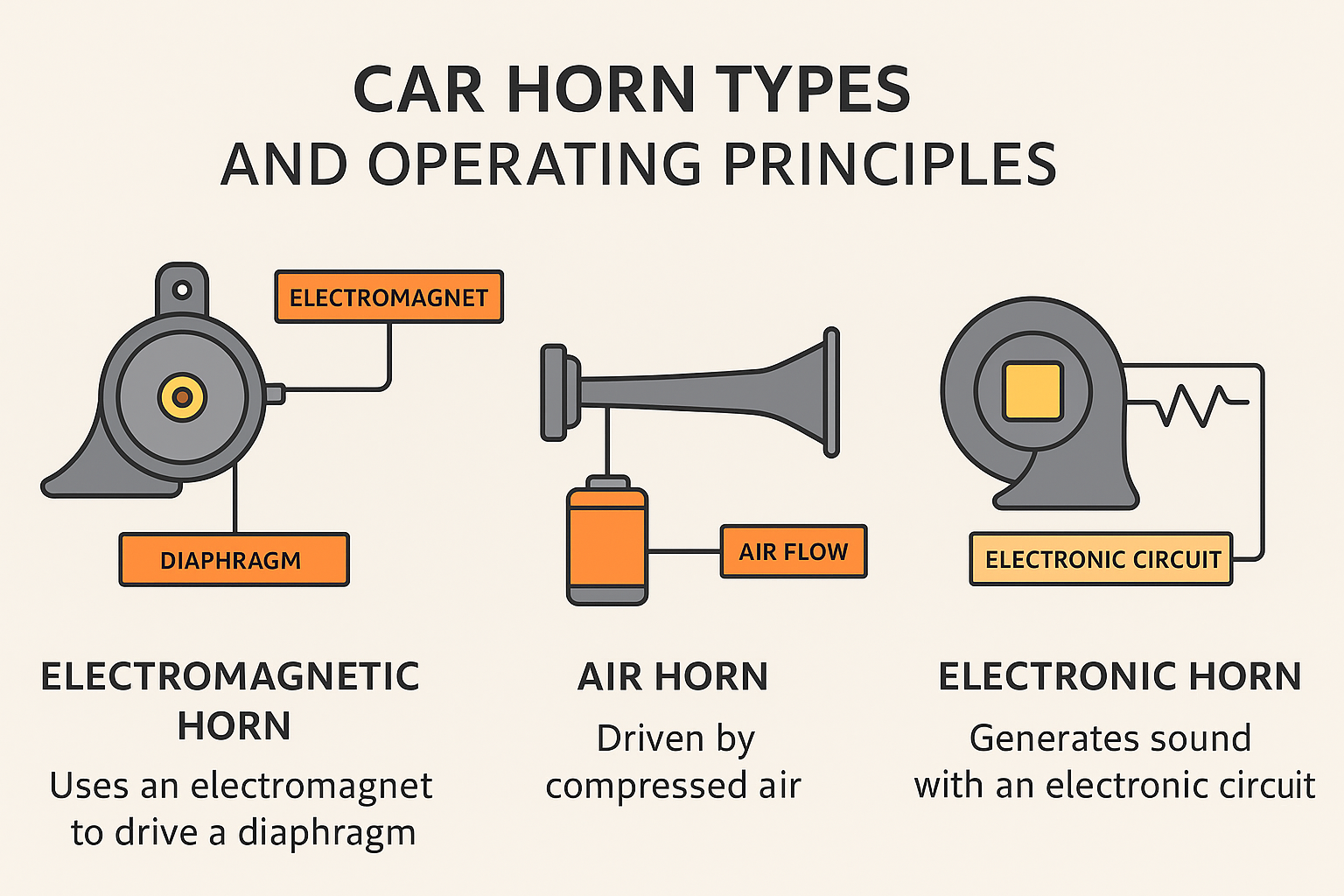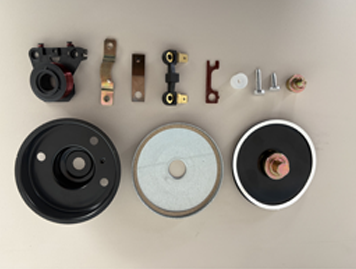Every driver relies on their car horn for safety, but few understand the engineering behind this essential component. Let's examine what makes your horn sound when you press that button.
Modern car horns convert electrical energy into sound waves through electromagnetic vibration, typically producing 110-120dB at 2-4 meters - loud enough to be heard over traffic noise yet safe for human ears.

Common Types of Car Horns
Not all horns sound alike. The type installed in your vehicle depends on manufacturer preferences, vehicle size, and regional regulations.
The three most common horn types are electromagnetic disc horns (compact and efficient), snail shell horns (deeper tones), and air horns (extremely loud for large vehicles).

Horn Type Comparison Table
| Type | Sound Characteristic | Typical Use | Decibel Range | Power Consumption |
|---|---|---|---|---|
| Electromagnetic Disc | Sharp, piercing | Compact cars | 105-115dB | 5-6A |
| Snail Shell | Deep, resonant | Luxury vehicles | 100-110dB | 4-5A |
| Air Horn | Very loud, dual-tone | Trucks/buses | 120-150dB | 15-30A |
| Electronic | Custom tones | Modern EVs | 95-110dB | 3-4A |
| Motorcycle | Compact, weatherproof | Two-wheelers | 110-120dB | 5-6A |
Key differences:
- Tone quality (single vs. dual)
- Physical size
- Installation complexity
- Weather resistance
- Power requirements
The Main Components of a Car Horn
Understanding the seven essential parts reveals why quality matters in horn manufacturing. Each component must work perfectly for reliable operation.
The diaphragm (vibrating disc) moves 200-400 times per second when activated, creating sound waves amplified by the horn's trumpet-shaped housing.

Component Functions Breakdown
| Part | Material | Function | Failure Symptoms |
|---|---|---|---|
| Electromagnet | Copper wire | Creates magnetic field | Weak sound |
| Diaphragm | Spring steel | Vibrates to make sound | Rattling noise |
| Contact Set | Silver alloy | Completes circuit | Intermittent operation |
| Housing | ABS plastic | Amplifies sound | Cracked appearance |
| Mounting Bracket | Galvanized steel | Secures unit | Loose horn |
| Resonator | Aluminum | Shapes tone | Changed sound |
| Protective Grid | Powder-coated steel | Prevents damage | Visible dents |
Critical manufacturing details:
- Precise air gap spacing
- Weatherproof seals
- Corrosion-resistant materials
- Vibration-resistant mounts
- Quality electrical contacts
Conclusion
From electromagnetic principles to precision engineering, car horns represent a perfect blend of physics and practical design that keeps roads safer every day.
TIAN
FHL GBSY JS-TECH Automotive Horns
info@jindongauto.com
www.jingdongparts.com
Precision Components · Reliable Performance · Road Safety Solutions

